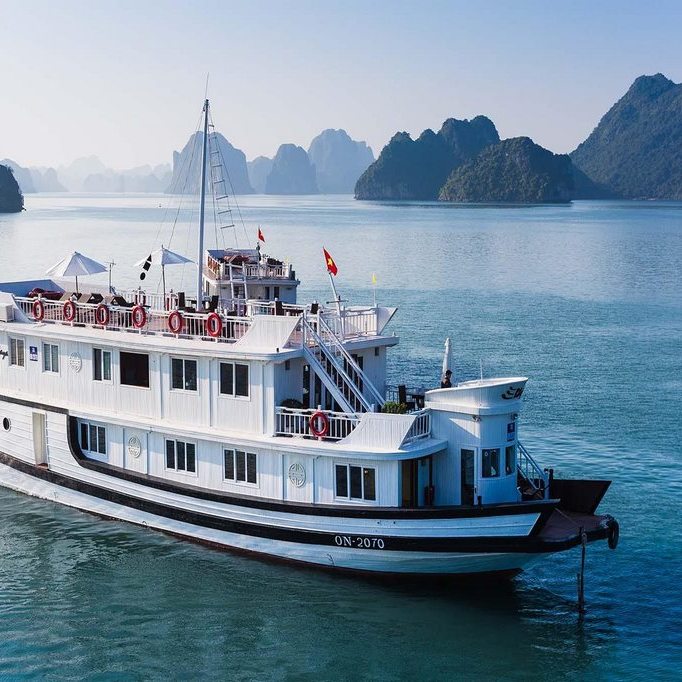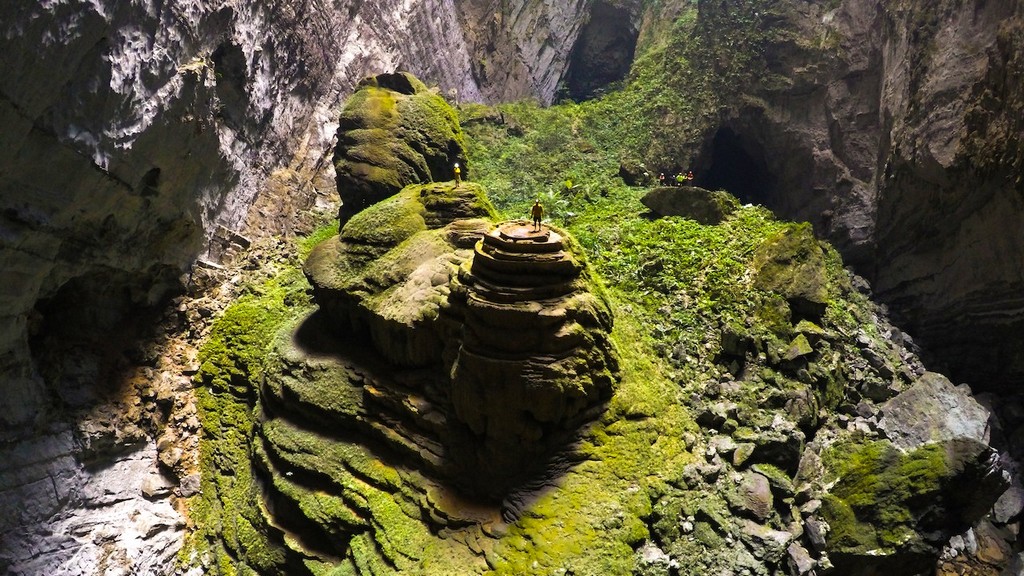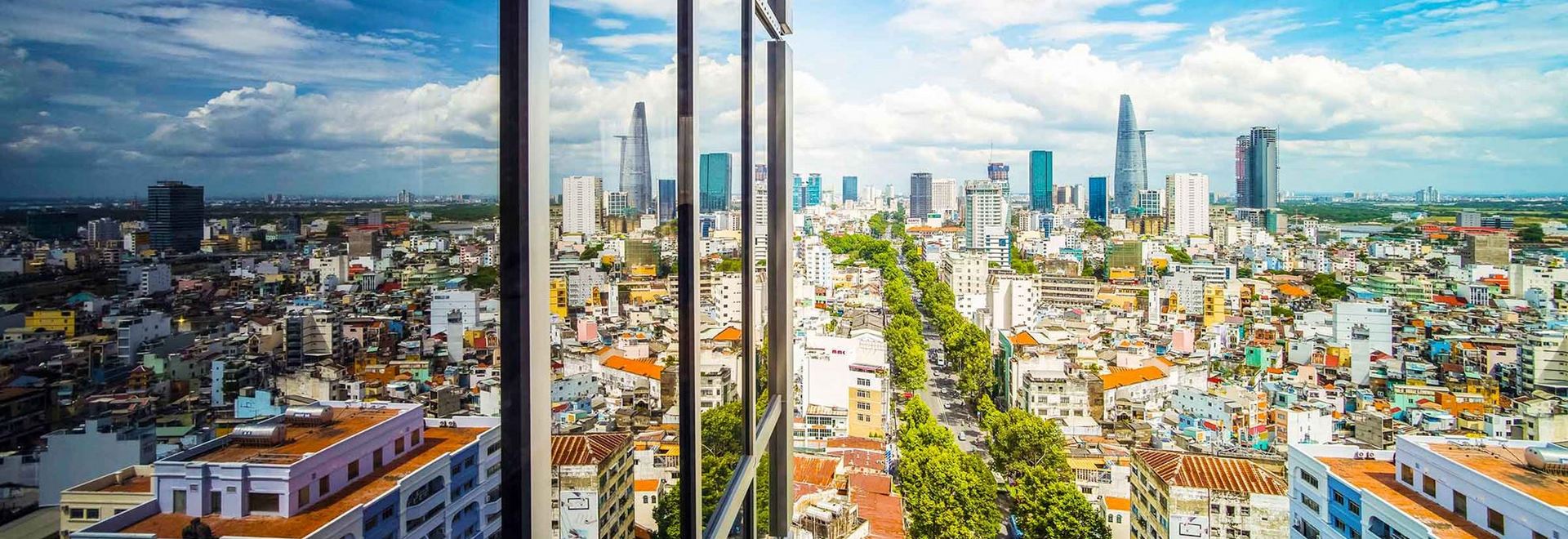Saigon
The Ho Chi Min is the heart and soul of Vietnam. As a dynamic and fervent industrial center, it stands as its biggest city, its economic capital and its cultural axis.
The streets, the scene of much of urban life, host a myriad of shops, street stalls, street vendors and vendors who display their wares on the sidewalks, where even the change of name from Saigon to that of the Marxist leader has not been able to cool the enthusiasm for capitalism.
Built on an ancient Khmer city, until the 17th century Thanh Pho Ho Chi Minh (Ho Chi Minh City) was a sparsely populated region covered in forests, swamps and lakes. Saigon – as Ho Chi Minh was called before the Communists changed its name – was founded in 1698.
There are different theories that try to explain the origin of the original name of the city, Saigon , which still employs many people: the river that flows through the city continues to be the Song Sai Gon (Saigon River), for example, and the company of tourist visits, owned by the state, is called Tourism in Saigon .
Some say it comes from the old name Sai Con, a transliteration of the words Khmer prei kor (literally “forest of ceibas”), or prei nokor (forest of the kingdom), which referred to the residence of the viceroy of Cambodia, located at the area of the current Cho Lon.
In the nineteenth century, southern Vietnam, particularly Saigon, prospered despite the incessant fighting between Vietnamese and Cambodians, as well as among the Vietnamese themselves, divided among those who supported Mr. Nguyen de Hue, north of the central coast, or Tay Son’s insurgents from Binh Dinh.
Among its most important monuments, there is the pagoda of Giac Lam, the Neoromantic cathedral of Notre-Dame, the Reunification Palace, the Cholón market and the old US embassy, the scene of great havoc during the 1975 evacuations.
The center of Saigon is discovered as the right place to frequent Sundays and festive nights. The streets are full of boys and girls, who cross the city by bike and motorcycle. The municipal theater area has become a meeting point for modern youth.
Tourists can opt for category hotels concentrated around Dong Khoi Street, in the eastern part of District 1. Ngu Lao and De Than streets host the most modest restaurants.
Cu Chi
The roads leading out of Ho Chi Minh lead to some fascinating places, including the Vietcong tunnels, the Cao Dai temple and some splendid tropical beaches
To see the city of Ho Chi Minh and its surroundings from a different perspective, take one of the boats that take a walk through the Song Sai Gon (Saigon River). From the river, the urban center appears full of modern skyscrapers, many of them empty. At the same time, industrial development and overpopulation have caused the expansion towards the periphery of the city.
To the south of Ho Chi Minh, real satellite cities are being built with residential areas, parks and universities in what used to be swamp land. Other neighborhoods on the outskirts, less affected by urban renewal, can be fascinating excursions. Further, there are countless options of great interest.
About 65 kilometers northwest of Ho Chi Minh City is the city of Cu Chi, which became famous during the Vietnam War for its extensive network of underground tunnels, with almost 200 kilometers in length in total.
These passages, which go down to three levels deep, were first used by the Vietminh soldiers against the French in the 1940s and later became a refuge for the Vietcong, which even opened tunnels under the headquarters of the army’s divisions. United States in the Mekong delta.
Often the guenilleros the inhabitants of the towns lived during months with the aid of an ingenious and complex system of ventilation. From these shelters, the Vietcong could launch frequent surprise attacks against its enemies.
In fact, in the mid-1960s there were almost 250 kilometers of tunnels in the region around Cu Chi.
But what to do with the extracted earth so as not to alert the enemy? It was often used to fill bomb craters or thrown into Song Sai Gon (Saigon River). Travelers will note that the Cu Chi tunnels open to foreign tourists have been extended to suit the complexion of Westerners.
Some were only 80 centimeters in diameter. The galleries could have up to four levels and had a complex ventilation system, clinics, latrines and meeting rooms.




